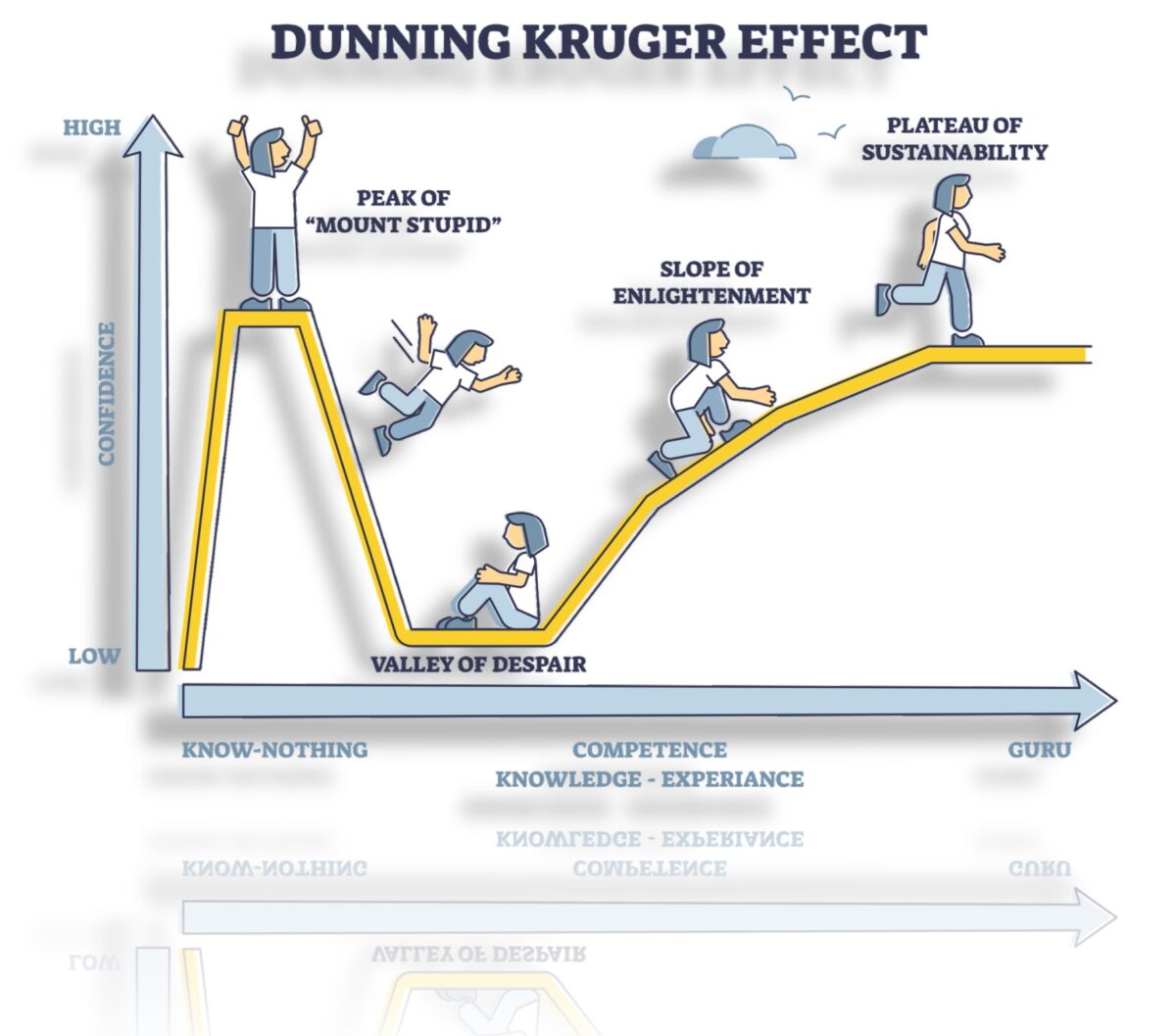No products in the cart.

Risk Management: Navigating the Storm
Throughout the centuries, leadership, regardless if for a business, church, army, or kingdom, risk management has and does serve as the sturdy vessel that ensures an organization’s survival. Just as a ship faces the unpredictability of the ocean, a leader encounters challenges and uncertainties that can either propel the organization forward or threaten its very existence. The key to navigating these turbulent waters lies in mastering the art of timing, which, like a seasoned captain steering through a storm, can mean the difference between disaster and safe passage.
Risk is an inherent part of every decision, and the leader must navigate through these risks with caution and foresight. Poor timing in decision-making is akin to an unseen iceberg lurking beneath the waves—one misstep can sink even the most formidable of ships. Thus, risk management is not just a component of decision-making; it is the very anchor that keeps the organization afloat in the face of adversity.
Leaders who excel in risk management understand that while risks cannot always be avoided, they can be mitigated. These leaders recognize that the timing of a decision can either exacerbate or alleviate the risk, depending on when the decision is made. Acting too early can be like steering directly into a brewing storm—potentially catastrophic, as it may expose the organization to unnecessary hazards. On the other hand, waiting too long can result in missed opportunities or the inability to avoid impending dangers. The essence of effective risk management lies in making decisions that strike a delicate balance between caution and action, ensuring that the organization can weather the storm without veering off course.
Understanding the potential consequences of a decision is also a critical aspect of risk management. Just as a captain must be aware of the ship’s course and the condition of the sea ahead, a leader must consider both the immediate impact of their decisions and the long-term ramifications for the organization. This requires a forward-thinking approach, where decisions are made not just with the present in mind, but with a clear vision of the future. By keeping an eye on the horizon, leaders can anticipate challenges before they arise and position the organization to capitalize on emerging opportunities.
The metaphor of navigating a storm perfectly encapsulates the importance of timing in risk management. A captain must constantly read the weather, adjust the ship’s course, and make quick decisions to avoid the worst of the storm. Similarly, a leader must assess the risks at hand, weigh the potential outcomes, and determine the best course of action to protect the organization. The ability to make these decisions with precision and timing can help steer the organization through rough waters and toward calmer seas.
Moreover, risk management is not a one-time event but an ongoing process. Just as a storm can shift direction or intensity, so too can the risks that an organization faces. Leaders must remain vigilant, continuously monitoring the environment and adjusting their strategies as needed. This adaptability is crucial for ensuring that the organization remains resilient in the face of uncertainty. Like a captain who adjusts the sails and reroutes the ship in response to changing conditions, a leader must be prepared to alter their approach when new risks emerge or when the situation evolves.
Effective risk management also involves communication and collaboration. A ship’s captain relies on a crew to keep the vessel in working order, to spot potential hazards, and to execute the necessary maneuvers. Similarly, a leader must engage their team, fostering a culture of open communication where risks are identified early, and solutions are developed collaboratively. By involving the team in the decision-making process, a leader can draw on diverse perspectives and expertise, enhancing the organization’s ability to navigate complex challenges.
In conclusion, risk management is the compass that guides an organization through the stormy seas of uncertainty. It requires a keen understanding of timing, the ability to anticipate future challenges, and the wisdom to balance caution with decisive action. Just as a captain’s skill in navigating a storm determines the fate of a ship, a leader’s proficiency in managing risks determines the success and resilience of the organization. With the right timing and strategic foresight, leaders can steer their organizations safely through the most turbulent of times, ensuring that they emerge stronger and more capable of facing whatever lies ahead.









